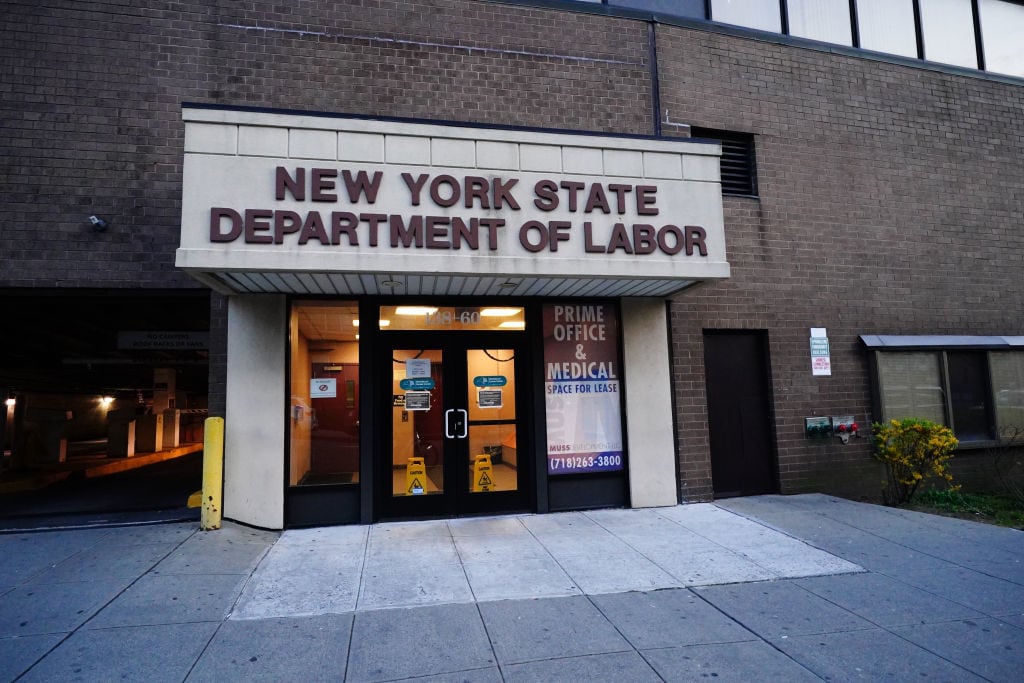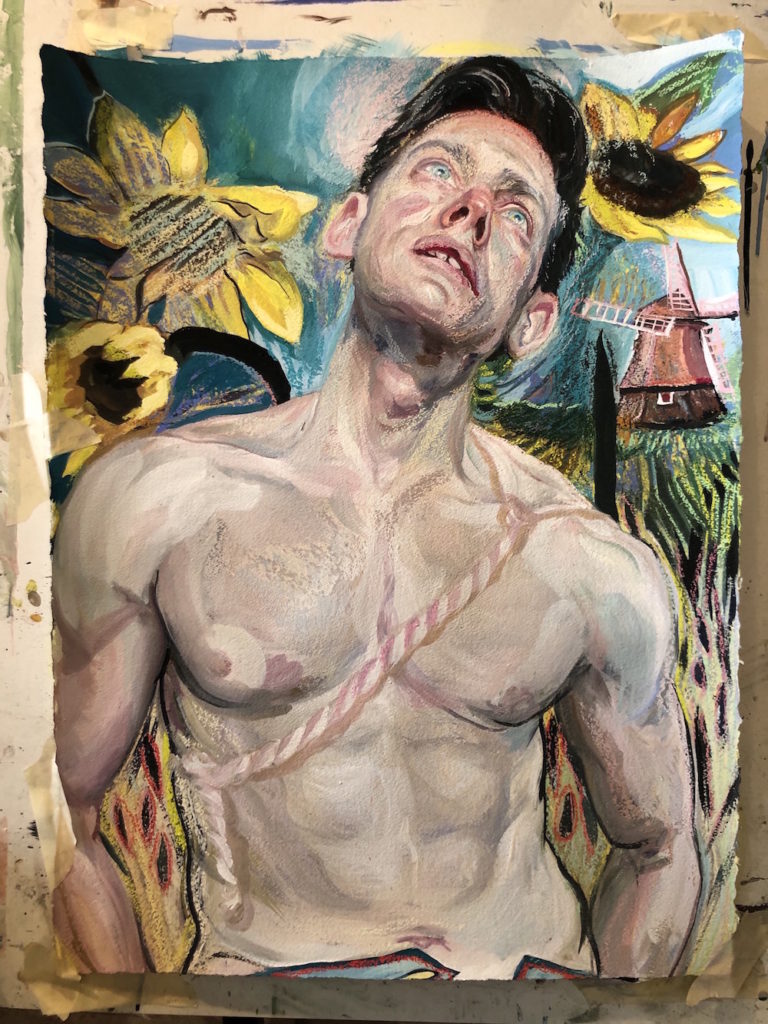Law & Politics
It’s Not Just Businesses That Can Get Cash From the Government’s Coveted New ‘PPP’ Loans—It Turns Out Artists Can Too. Here’s How
Artists who use payroll are eligible for the new emergency loans.

Artists who use payroll are eligible for the new emergency loans.

Eileen Kinsella

For the first time, many artists and freelancers have found that they are now eligible for unemployment payments under the US government’s Coronavirus Aid, Relief, and Economic Security Act (or CARES Act).
But what they may not know is that they can also receive benefits from the new loan program Paycheck Protection Program, commonly known as PPP. The loan is designed to provide an incentive for small businesses and nonprofits of fewer than 500 employees to keep their staff on payroll, but many sole proprietors qualify as well.
“If you run your own business, even if you don’t officially pay yourself as an employee, you’re a sole proprietor,” says employment attorney Dana Lossia. “As long as you report the business income on Schedule C of your tax returns. It’s a really good way for individual artists to benefit from PPP.”
If at least 75 percent of the loan is used for payroll, the loan will be forgiven.
Some artists have already been taking advantage of the benefit. “PPP has been ubiquitous in the news. I investigated and was happy to learn that freelancers and self-employed non-LLCs were eligible to apply,” says artist Natalie Frank, who had a show this month at Half Gallery that was postponed, as well as several works intended to be shown at the Tang Museum and the Yale University Art Gallery.
“Everything is delayed. Without income and with all of my commitments pushed, it seemed logical I should apply,” she says.

Natalie Frank, Don Quixote (2019-20). Image courtesy of the artist.
The key is whether an artist can show banks proof that they operate with a payroll, rather than filing with 1099s, like many freelancers.
“Most artists use a Schedule C on their tax return,” says Amy Davila, CEO of Art Smart, a business management firm that caters to the art world. “Money comes in as revenue from art sales and then they deduct their business expenses. But that’s not what’s going to get them the PPP. The banks are looking at payroll data and reports. So they have to be able to show some mechanism of the studio business paying the artists as ’employees’ of the business.”
“So if an artist can show that they are paying themselves then they qualify as employees of the studio business and thus can get the PPP,” Davila adds.
Not all artists who use payroll have had luck applying for PPP, however. Some report delays, minimal communication from the government, and poor guidance from large banks, in particular.
Takako Tanabe, director of Ulterior Gallery in Brooklyn, says that her gallery submitted a PPP application through Bank of America the first day the program began accepting submissions, but she did not hear anything back until learning that the initial round of funds was gone. “Although Bank of America sent me a message that my application was complete and ready to be submitted to the Small Business Administration, it was a day after the news revealed there was no more money.”
Several of the galleries and artists we spoke with have had better luck using small vendors, rather than a big bank.
Tanabe says that she later submitted a PPP application to Square, the company that lets vendors accept credit-card purchases with small card readers, and had her funds by the end of that week.
Scott Ogden, founder of New York’s Shrine gallery, also had luck with Square. “The experience was so much easier than Chase’s platform, and they have already been in touch via email with three updates, whereas Chase sent me virtually nothing along the way,” he says.
Frank found success with PayPal, which she tried after applying with two other lenders on the approved list, “a regional bank and a larger bank, who didn’t reply or were delayed in the process,” she says. “PayPal was excellent and processed my application in a few days.”
“My advice?” she adds, “apply quickly.”